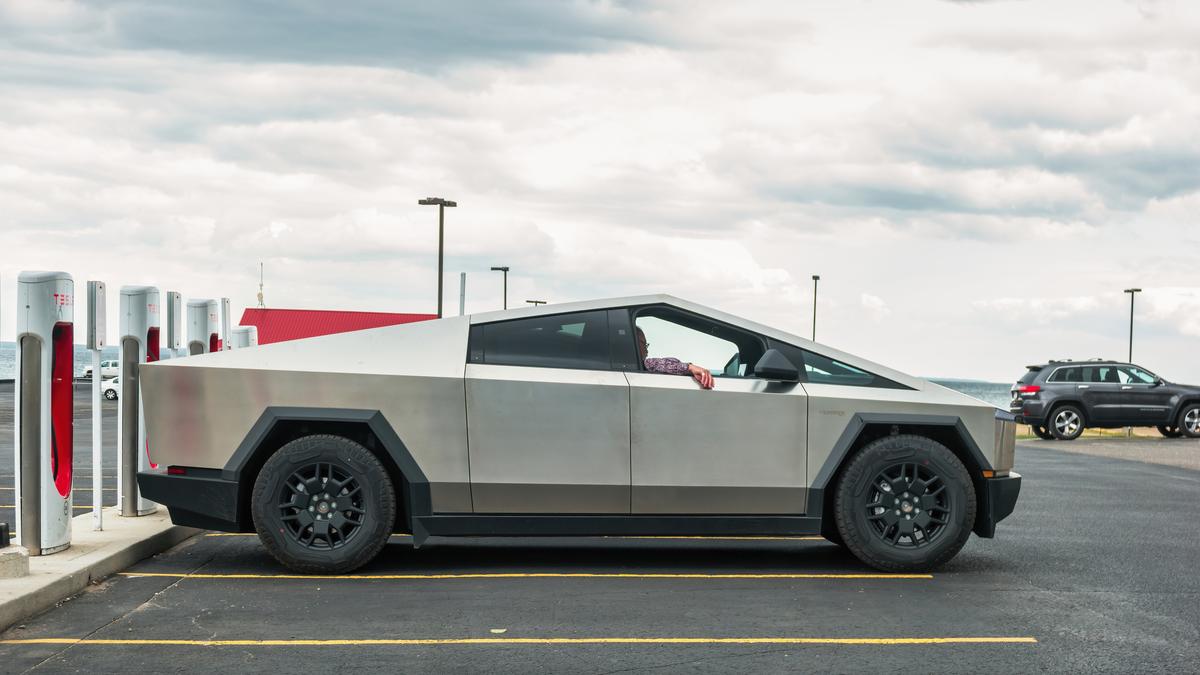Now Reading: American Family’s Journey on Wheels
-
01
American Family’s Journey on Wheels
American Family’s Journey on Wheels

Quick Summary
- The Tesla Cybertruck is described as a polarizing vehicle that evokes strong reactions.
- The author fell in love with the Cybertruck for its design and engineering, especially its suitability for transporting triathlon gear and offering supervised self-driving features.
- The vehicle has sparked mixed opinions among loved ones; the author’s son called it “a trash can on wheels,” while his wife initially refused to be seen in it, though later acknowledged its technological marvel after a long family trip.
- Despite societal backlash against Elon Musk’s image, the author admires Musk’s technological innovations without fully aligning with his political approach.
- The article reflects on the author’s personal automotive journey from his childhood in rural India through owning multiple vehicles in America, leading to purchasing a Cybertruck which has elevated their family dynamics.
- Full-self-driving (FSD) technology from tesla is highlighted as driving 3.6 billion miles globally while exhibiting faster reaction times compared to humans.The FSD system impressed during challenging weather conditions and promises benefits such as reducing drunk driving and aiding mobility for elderly or disabled individuals.
Indian opinion Analysis
The narrative underscores how evolving technologies like Tesla’s full-self-driving software challenge conventional perceptions of automobiles globally by blending innovation with practical utility. While this particular account reflects an individual’s experience tied to American cultural divisions around Elon Musk’s persona, Indian readers may relate more broadly to shifts towards electric mobility and advanced automation technologies shaping transportation systems worldwide.
For India, where electric vehicles (evs) are still emerging amidst infrastructural challenges like charging networks and affordability concerns, Tesla’s developments serve as aspirational benchmarks rather than immediate solutions. Beyond consumer preferences for design or brand prestige lies vital technological insight into how automated driving might solve issues such as road safety-a persistent concern locally given accident rates-and accessible transport options for diverse populations.
As India pursues ambitious goals toward clean energy transitions within transport sectors under broader climate commitments, stories like these spotlight potential opportunities: balancing eco-conscious advancements with pragmatic usability adapted to Indian contexts remains key ahead.
























